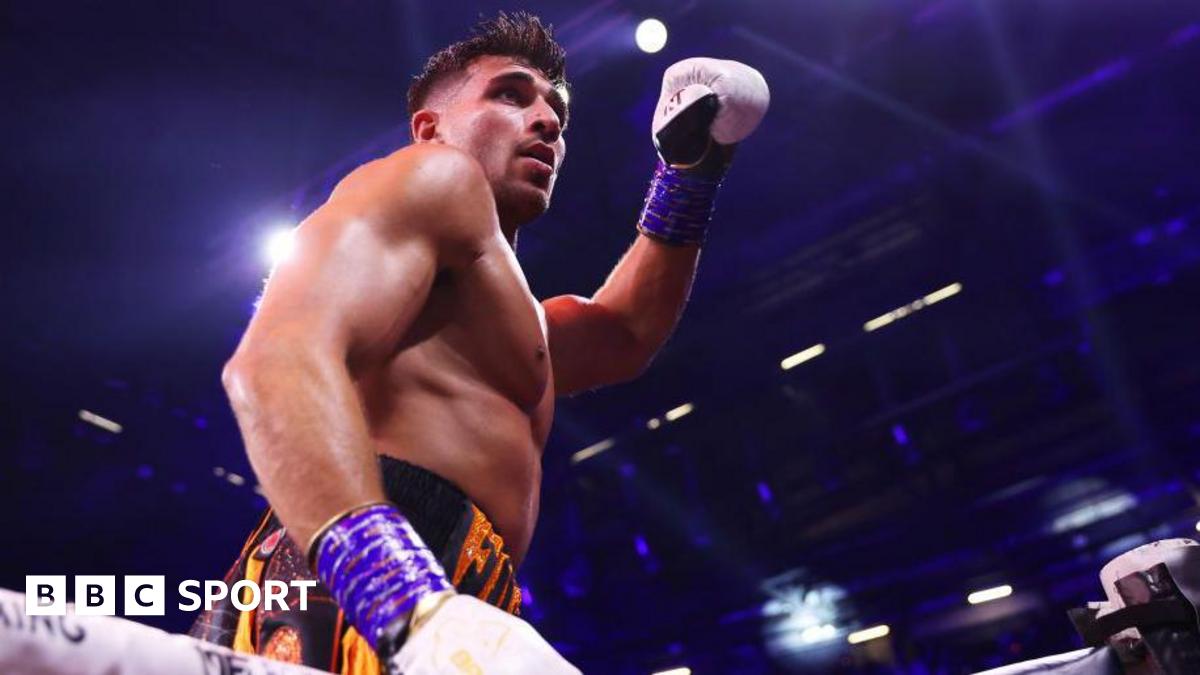Two games into the 2025 NBA Finals, the Indiana Pacers and the Oklahoma City Thunder are all squared up at a win apiece, and the script hasn’t deviated much from expectations going in.
For instance, we knew that if the Pacers were going to steal one on the Thunder’s home court, Indiana probably would need some of the same magic that has carried it throughout this playoff run. And indeed, Game 1 gave the Thunder a taste of the same medicine Indiana fed the Milwaukee Bucks, the Cleveland Cavaliers and the New York Knicks earlier in the postseason. But then, as has usually been the case when coming off a playoff loss, Oklahoma City flexed its superior talent in Game 2, pulling away early and never letting the Pacers back into the contest.
So yes, the overall arc of the series might feel familiar. But that doesn’t mean the numbers have been mundane. From Pacers turnovers to Thunder free throws, the opening games produced statistical outliers as compared with how these teams usually play. That’s important to consider, because one of the best ways to understand what a team is doing well — or where it is falling short — is to compare each statistical category to the baseline that got it here in the first place.
With that in mind, I grabbed the game logs (in conventional and advanced metrics) for the teams and calculated their percentile grades for Games 1 and 2 relative to all the matchups played in both the regular season and the postseason.
The categories that, on average, have deviated most during the Finals from full-season norms are the areas where the teams are playing most unlike themselves, for good and for bad.
By that measure, here are the five biggest outliers of the series thus far, in terms of how each team is performing relative to … well, itself.
Jump to a stat outlier:
2-pointers | Turnovers/steals
Free throws | Scoring | Assists

![]()
Indiana 2-pointers
Across the entire season thus far, the Pacers have averaged 30.0 made 2-pointers per game on 56.6% shooting from inside the arc; they also ranked among the NBA’s top five in both categories during the regular season. And individually, Pascal Siakam ranked 18th in the league with 6.2 made 2s per game, leading an Indiana attack that was less reliant on 3-pointers than the typical team during the 2024-25 campaign.
During these Finals, however, the Pacers have turned into a completely different team, averaging just 22.0 made 2-pointers per game — with Siakam’s figure dropping to 4.0 per game — on 51.8% shooting, both of which are among the team’s lowest production on 2s of the season.
At the same time, Indiana is averaging 39.5 3-point tries per game, taking more than 48% of its shots from beyond the arc (compared with season averages of 35.5 and 40%). The Pacers did spend a lot of time trailing in both games, which explains some of the shift, but they’ve also been knocked off their usual shooting mix in this series.
![]()
Indiana turnovers/opponent steals
On a related note, Indiana also hasn’t made as many shots from the field because it has turned the ball over so much. Nearly 18% of the Pacers’ possessions have ended in a giveaway, according to Basketball-Reference, which is much higher than their 11.9% rate from the season as a whole. And their 25 turnovers in Game 1 were the most by a team that won a Finals game since 1977.
Oklahoma City’s steals, specifically, have been among the biggest outliers in stats thus far. Its 14 takeaways in Game 1 were tied for the second most Indiana allowed in a game all season (and easily the highest of the playoffs). And OKC’s 12.0 steals per game in Games 1 and 2 dwarfed the Pacers’ usual average of 7.3 SPG allowed.
The Thunder are arguably the league’s best turnover-forcing defensive machine, but the Pacers were one of the best at resisting turnovers on offense.
Something had to give, and that something is favoring Oklahoma City right now.
![]()
Oklahoma City free throws
While certain members of the Thunder have a reputation for getting to the line unusually often, Oklahoma City’s offense was not among the league’s most foul-reliant during the regular season, ranking 24th in made free throws per field goal attempt and averaging only 16.7 free throws per game (19th most).
In the Finals, however, Oklahoma City is living at the line, averaging 25.0 free throws per game with a ratio of FTs per FGA that is 51% higher than during the season overall.
The Thunder’s 29 makes from the foul line in Game 2 were the third most they made in a single game all season long and were tied for the fourth most Indiana allowed in a game, as well. The Pacers are fouling more than their usual average, but the Thunder also have helped themselves by making 87.7% of their free throws in the series, with these Finals featuring two of their five most accurate outings at the line in the entire playoffs. Shai Gilgeous-Alexander alone has accounted for 36% of the Thunder’s made free throws as a team, somehow improving on his league-leading rate of made free throws per game from the regular season.
1:28
Thunder even series with Pacers behind SGA’s big game
The Oklahoma City Thunder take Game 2 of the NBA Finals behind Shai Gilgeous-Alexander’s 34 points.
![]()
Indiana scoring
Despite improved balance this season, the Pacers are still an offensively reliant team, ranking No. 9 in offensive efficiency during the regular season — versus No. 13 on defense — and No. 2 on offense during the playoffs. Across the entire season, Indiana is averaging 117.2 points per game, but in the Finals so far, that number has dipped to 109.0. This is the only time in the playoffs the Pacers have been held to 111 points or fewer in each of the opening two games of a series.
This can’t be explained by a slower pace, either; the 99.8 possessions per Finals game is slightly higher than the Pacers’ seasonlong average of 99.6. But it can be explained by a few of the factors previously mentioned: trading more 2s for 3s and (especially) turning the ball over so much.
Either way, the net result is fewer points, especially for the key Pacers. After averaging a combined 39.9 points per game during the playoffs prior to the Finals, Siakam and Tyrese Haliburton have just 32.5 PPG together in the Finals.
![]()
![]()
Both teams’ assists
One early trend that unifies both offenses is that their assist numbers are down as compared with their usual averages.
Using their typical numbers from the season as a whole, Indiana and Oklahoma City’s combined assists would figure to add up to a total of 55.5 per game, with 29.0 coming from the Pacers and 26.5 from the Thunder. But through the first two Finals games, they’re down to a combined average of 44.5 APG, with Indiana falling to 25.5 and Oklahoma City dropping to 19.0.
Those are a pair of pretty significant declines, though they are happening for different reasons.
For Indiana, its rate of assists per made basket actually has gone up in the Finals (from 66.9% to 67.3%), but it is just making far fewer buckets than usual (38.0 FG/game versus a typical average of 43.3).
Oklahoma City, however, is genuinely spreading the ball around less than usual, with an assist rate of 47.9% in Games 1 and 2 (including 33.3% in Game 1, its lowest share of the entire season) as compared with a seasonlong average of 59.7%. Gilgeous-Alexander was up from three assists in Game 1 to eight in Game 2, but the Pacers probably will look to keep denying the Thunder’s ball movement from here.








